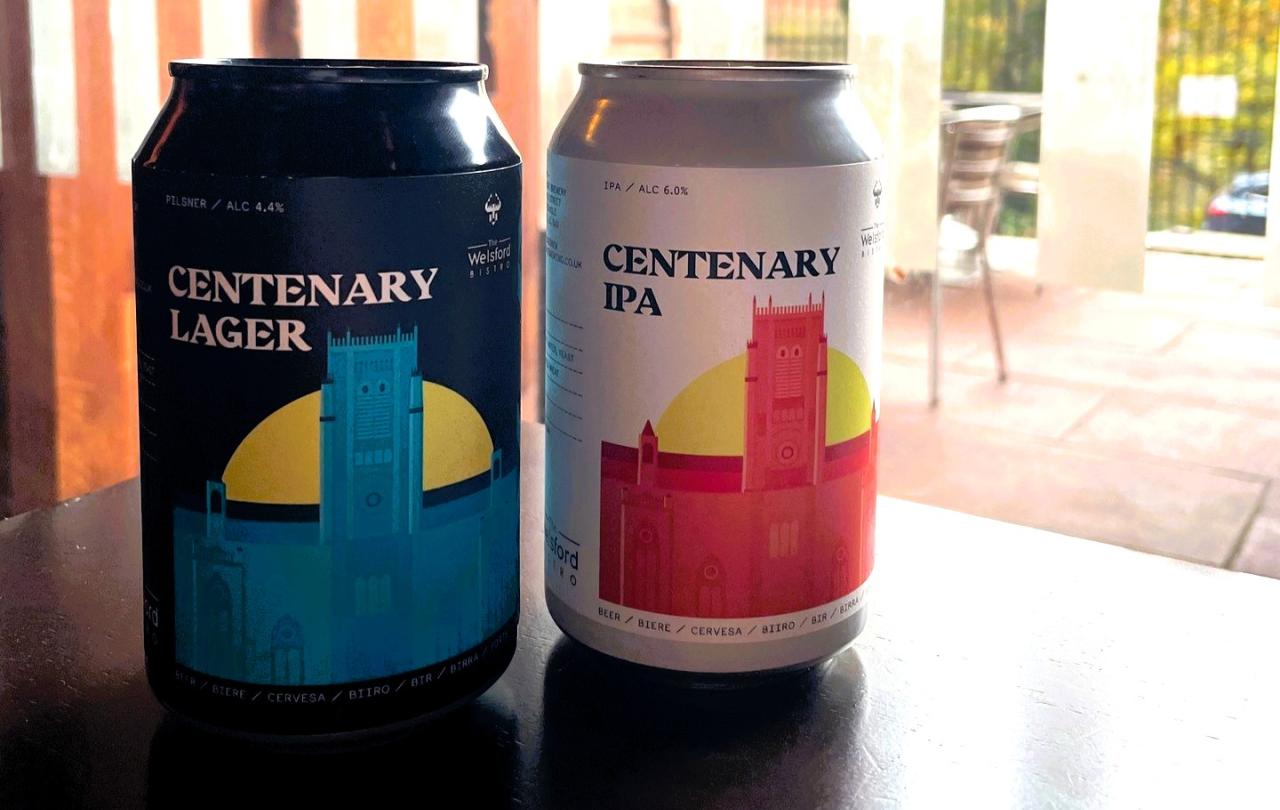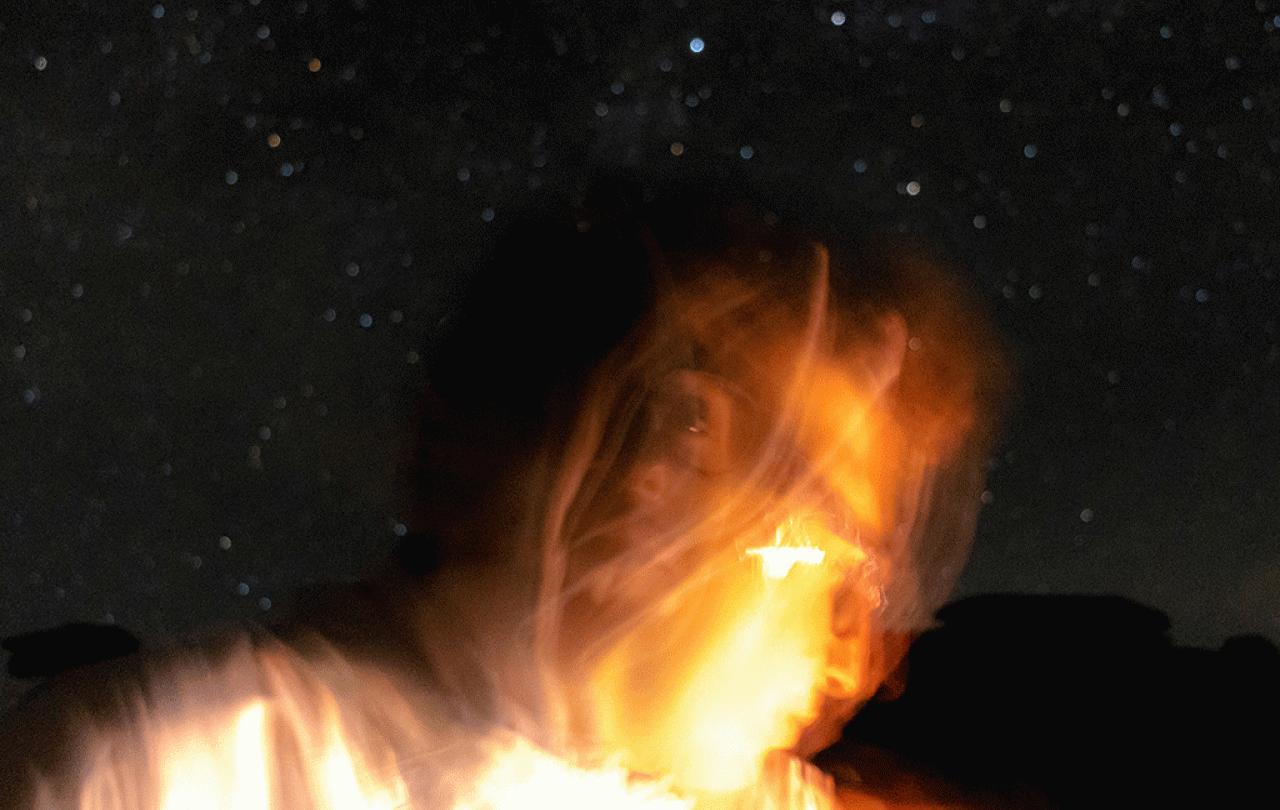
2024 was a momentous year for Liverpool Cathedral as we celebrate our centenary. To be honest we also had some celebrations in 2004 and could look at something for nearly every year up until 2078 if we put our mind to it. Is this seemingly random selection of a date merely a marketing trick. What is the point of marking or celebrating an anniversary?
We are all used to anniversaries. At the very least every person has the anniversary of their birth to mark. Added to that we have weddings, work anniversaries and numerous other opportunities to mark past achievements. For many it can get tiresome seeing another anniversary being paraded through the media.
For Liverpool Cathedral choosing to mark the centenary of our consecration in 1924 was significant. The centenary provided a galvanising factor for the cathedral community. It provided the impetus for us to try to secure our building through a number of improvement projects and our financial position by a massive fundraising initiative.
We also, inevitably, planned a year of celebration worthy of a centenary bringing world class artist Anish Kapoor to exhibit, hosting a series focusing on our architect Sir Giles Gilbert Scott and culminating in being one of the Royal Mail’s Christmas stamps. A first-class stamp for a first-class cathedral.
Central to our celebrations was our Peoples Service in July which marked the anniversary of the cathedral’s consecration. This reached to the heart of why we did this and why our anniversary celebrations were so important.
Celebrating our centenary pointed to the spiritual heart and essence of us as a cathedral. We believe we were built by the people for the people and our purpose is to serve. Our history mirrors the history of Liverpool in the twentieth century, sharing joys and angsts, triumphs and tragedies. So many who visit us have a personal connection to the cathedral, a story to tell that binds them into our story. To be true to this our celebrations brought these before the God we believe in to celebrate and link these together as a reminder of the values and purpose which drive us on a daily basis.
We also brought together people to celebrate and thank them for the role they play. For it is the people that make and drive our cathedral. Our volunteers, staff, congregations, visitors all bring the human element that bring true life and joy to the cathedral. The different ways in which they engage with the buildings beautiful, majestic architecture and use its great space fulfil the historic purpose that those who envisioned, created and built this place had.
By rooting ourselves in our history and our traditional values we are reminded of our duty to future generations. Celebrating our centenary brought home the faithful dedication of the many whose vision brought this magnificent building into being. Knowing that, we treat what could otherwise become familiar with more respect and awe. As a consequence, we are inspired to ensure that the cathedral remains an integral part of people’s story in the future.
By offering this to the God we believe in we are reminded that those who brought Liverpool Cathedral into existence did it to honour and worship that God. Liverpool Cathedral, like all cathedrals and churches, is meant to stand as a representation of Christ’s presence in our communities. A place of timeless reliability. The edifice of Liverpool Cathedral standing proud on the cityscape offers comfort to the city’s people even those who haven’t yet been through our doors. Celebrating that fact gives both a sense that we still remain a vibrant place, offering a range of activities and events gives a reason for people to take that first step across our threshold.
It could easily be argued that you don’t need an anniversary to do that but moments help. In a marriage we celebrate the ruby, pearl, silver golden anniversaries but not so much on year 17. Having an excuse to do something, to be focussed, link our past to our future and above all to celebrate the people who inspire us on the way.
2024 was a great anniversary for Liverpool Cathedral. Here’s to the next.
Join with us - Behind the Seen
Seen & Unseen is free for everyone and is made possible through the generosity of our amazing community of supporters.
If you’re enjoying Seen & Unseen, would you consider making a gift towards our work?
Alongside other benefits (book discounts etc.), you’ll receive an extra fortnightly email from me sharing what I’m reading and my reflections on the ideas that are shaping our times.
Graham Tomlin
Editor-in-Chief





